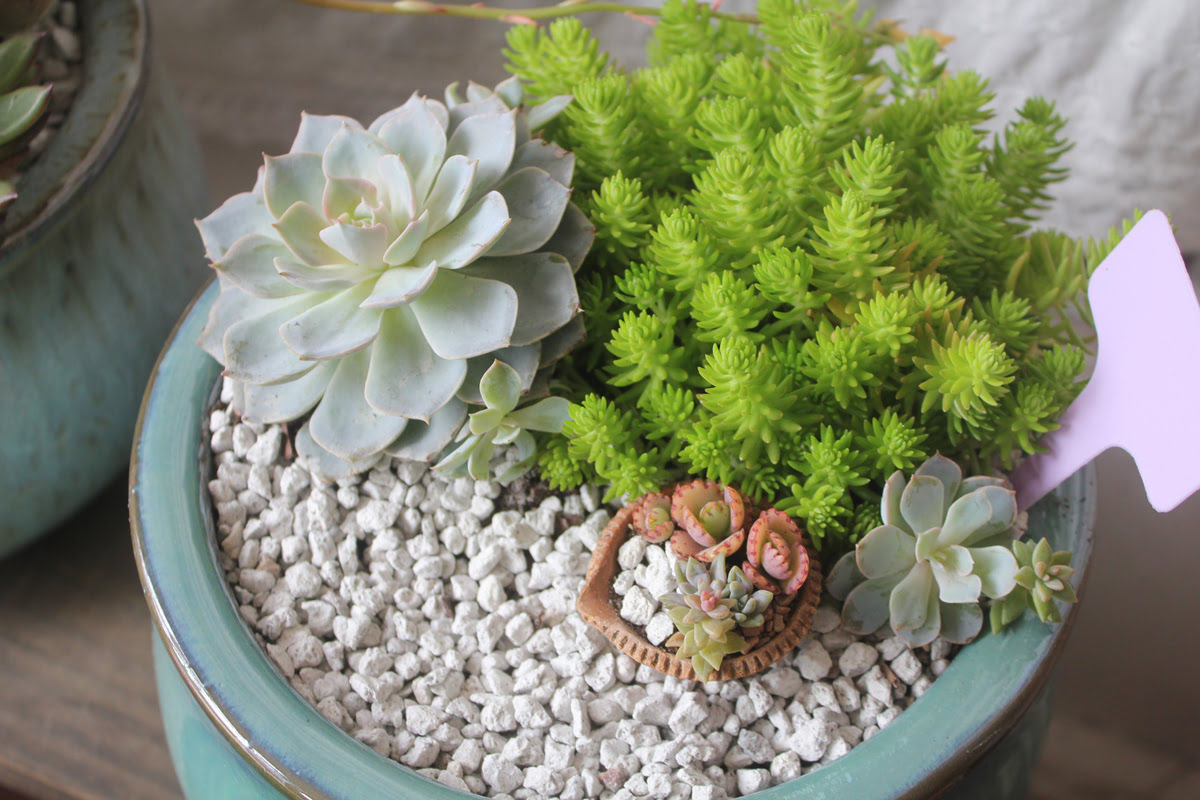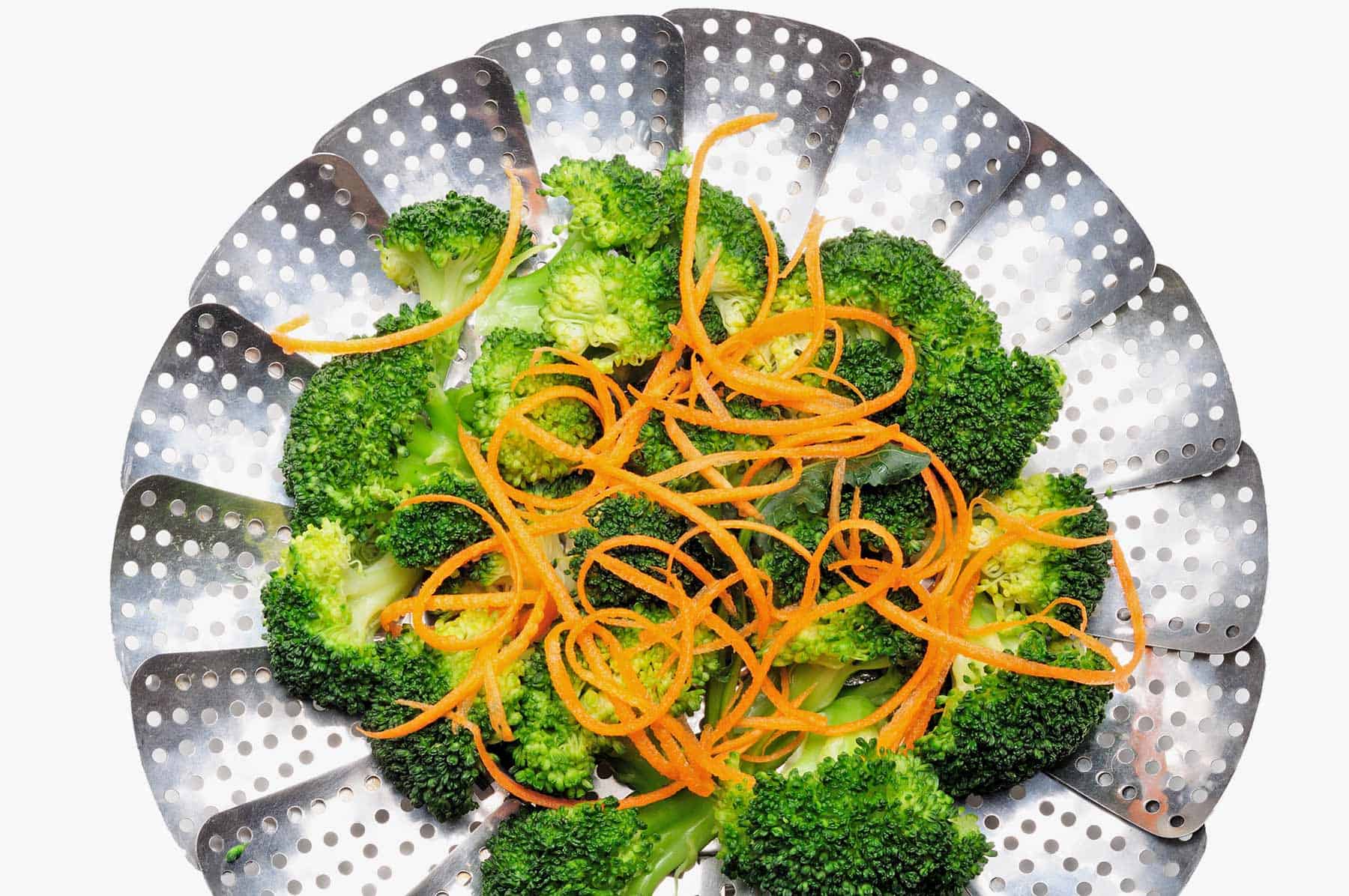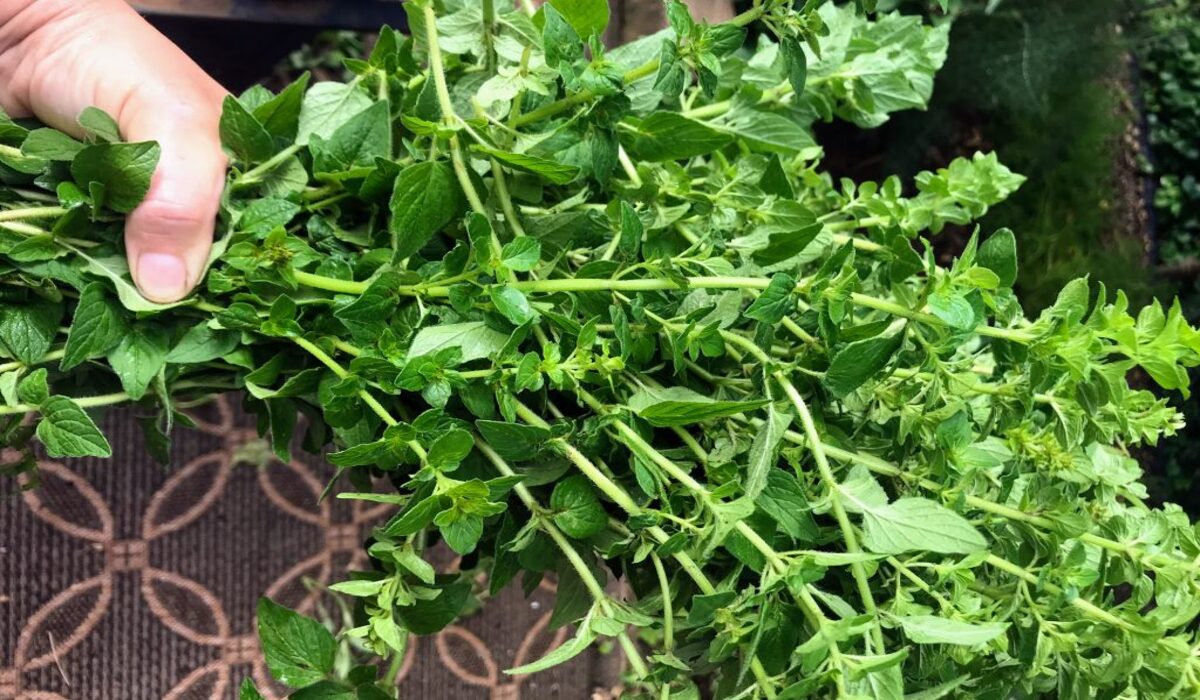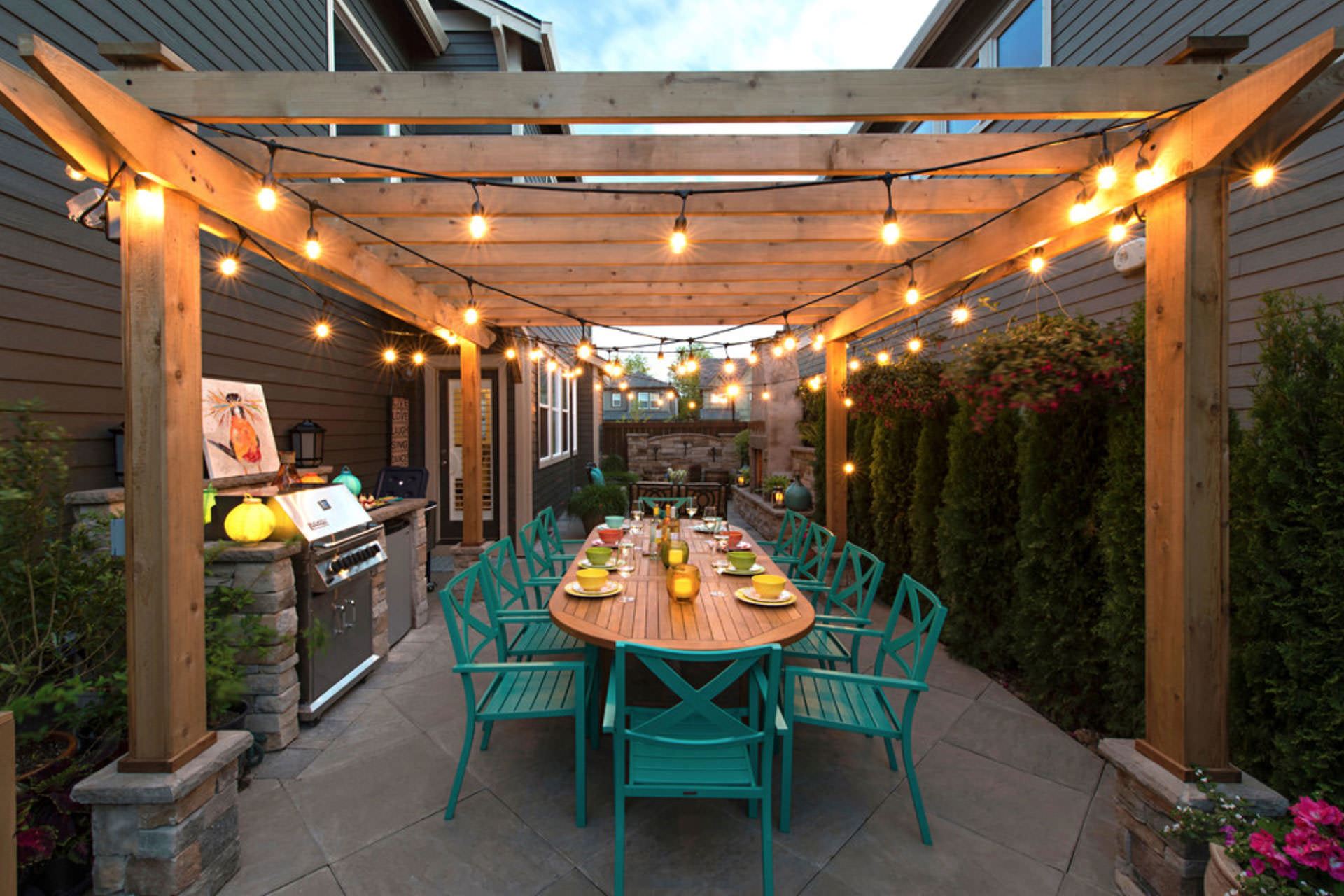Home>Types of Gardening>Ornamental Gardening>How To Pot Succulents Without Drainage


Ornamental Gardening
How To Pot Succulents Without Drainage
Published: December 27, 2023
Learn how to pot succulents without drainage for successful ornamental gardening. Discover the best practices and tips for maintaining healthy and thriving succulent plants.
(Many of the links in this article redirect to a specific reviewed product. Your purchase of these products through affiliate links helps to generate commission for Chicagolandgardening.com, at no extra cost. Learn more)
Table of Contents
**
Introduction
**
Welcome to the wonderful world of succulents! These unique and versatile plants have gained immense popularity among gardening enthusiasts for their striking appearance and low-maintenance nature. One of the most common debates among succulent enthusiasts revolves around the topic of drainage. While proper drainage is typically recommended for potted plants, succulents have the remarkable ability to thrive in unconventional conditions, including pots without drainage holes. In this comprehensive guide, we will explore the art of potting succulents without drainage and provide valuable insights into ensuring the health and vitality of these resilient plants.
Succulents, with their diverse shapes, colors, and textures, have a captivating allure that adds a touch of natural elegance to any indoor or outdoor space. Their ability to store water in their fleshy leaves and stems enables them to withstand arid environments, making them an ideal choice for individuals seeking low-maintenance greenery. However, the unique anatomy of succulents also allows them to adapt to atypical planting scenarios, including containers without drainage holes.
As we delve into the art of potting succulents without drainage, it is essential to understand the distinctive characteristics of these plants and the role of proper drainage in traditional potted environments. By embracing innovative techniques and leveraging our understanding of succulent care, we can create thriving ecosystems for these resilient plants, even in seemingly unconventional conditions.
Join us on this horticultural journey as we uncover the secrets of potting and caring for succulents without drainage, allowing you to unlock the full potential of these captivating plants while nurturing a flourishing and vibrant garden.
**
Understanding Succulents and Drainage
**
Before delving into the art of potting succulents without drainage, it’s crucial to grasp the unique characteristics of these resilient plants and the significance of proper drainage in traditional gardening practices.
Succulents are a diverse group of plants known for their ability to store water in their leaves, stems, or roots. This adaptive mechanism allows them to thrive in arid environments where water is scarce, making them well-suited for regions with dry climates. The fleshy, water-retentive tissues of succulents enable them to endure prolonged periods of drought, distinguishing them from other plant varieties.
Proper drainage is a fundamental aspect of plant care, promoting healthy root development and preventing waterlogged soil, which can lead to root rot and other detrimental conditions. In traditional potted environments, drainage holes facilitate the removal of excess water, safeguarding plants from the perils of overwatering. However, succulents have evolved to withstand periods of drought and can adapt to environments with limited drainage, provided that specific precautions are taken to mitigate the risks associated with excess moisture.
When cultivating succulents in containers without drainage holes, it is essential to understand the delicate balance between water retention and aeration. While traditional potting practices prioritize drainage to prevent water accumulation, succulents necessitate a well-structured planting medium that facilitates adequate airflow and minimizes the risk of water stagnation. By comprehending the interplay between succulents, moisture, and aeration, we can devise innovative strategies to foster optimal growing conditions in unconventional planting scenarios.
As we unravel the intricacies of succulents and drainage, we will uncover the adaptive resilience of these plants and the nuanced approaches to nurturing them in diverse environments. By embracing a holistic understanding of succulent physiology and the principles of effective moisture management, we can cultivate thriving succulent gardens that defy conventional planting norms, paving the way for a harmonious coexistence between these remarkable plants and their caretakers.
**
Materials Needed
**
Embarking on the journey of potting succulents without drainage requires a thoughtful selection of materials to create an environment that promotes the health and vitality of these resilient plants. By assembling the following essential components, you can craft an innovative and effective planting setup for your succulents:
- Succulent Plants: Select a diverse array of succulent species, considering factors such as growth habits, color variations, and texture to create visually captivating arrangements.
- Containers: Opt for containers that lack drainage holes, such as ceramic pots, glass terrariums, or other non-porous vessels that can retain moisture without compromising the well-being of the succulents.
- Succulent-Specific Potting Mix: Acquire a well-draining potting mix specifically formulated for succulents and cacti, ensuring optimal aeration and moisture retention while preventing waterlogged soil.
- Decorative Pebbles or Gravel: Utilize decorative pebbles or gravel to create a drainage layer at the bottom of the container, enhancing airflow and minimizing the risk of water accumulation around the roots.
- Activated Charcoal (Optional): Consider incorporating activated charcoal into the potting mix to mitigate potential issues related to excess moisture, as it aids in absorbing impurities and controlling odors within the container.
- Watering Can with Narrow Spout: Utilize a watering can with a narrow spout to precisely administer water to the base of the plants, allowing for targeted hydration without saturating the entire planting medium.
- Pruning Shears: Keep pruning shears on hand to trim any withered or overgrown foliage, promoting the overall health and aesthetics of the succulents.
- Protective Gloves: Invest in a pair of protective gloves to shield your hands from potential thorns, spines, or irritants present on certain succulent varieties during the potting process.
- Natural Light Source: Identify an appropriate location with ample natural light to accommodate the light requirements of your succulents, ensuring optimal growth and vibrancy.
By assembling these fundamental materials, you can lay the groundwork for potting and nurturing succulents without drainage, setting the stage for a flourishing and visually captivating succulent display that defies traditional planting conventions.
**
Steps to Potting Succulents Without Drainage
**
Embarking on the endeavor of potting succulents without drainage necessitates a meticulous approach to create an environment that fosters the well-being of these resilient plants. By following these carefully curated steps, you can establish a thriving ecosystem for your succulents within containers lacking drainage holes:
- Prepare the Container: Begin by ensuring that the chosen container is clean and free of debris. If using a clear glass vessel, consider cleaning the interior to enhance visibility into the root system and soil moisture levels.
- Create a Drainage Layer: Add a layer of decorative pebbles or gravel to the bottom of the container, forming a porous barrier that promotes airflow and prevents water from directly saturating the roots.
- Integrate Activated Charcoal (Optional): If desired, incorporate a thin layer of activated charcoal over the drainage layer to assist in absorbing impurities and managing moisture within the container.
- Layer the Potting Mix: Carefully layer the succulent-specific potting mix over the drainage materials, ensuring even distribution and avoiding excessive compaction to maintain optimal aeration and water retention.
- Prepare the Succulents: Gently remove the succulents from their existing containers, loosening the root ball and inspecting the roots for any signs of damage or rot. Trim any damaged or excessively long roots as needed.
- Position the Succulents: Place the prepared succulents onto the potting mix, arranging them in a visually appealing composition while ensuring adequate spacing to accommodate growth and airflow.
- Backfill with Potting Mix: Surround the succulents with additional potting mix, gently tamping it down to secure the plants while avoiding excessive pressure that may impede airflow within the container.
- Allow for Settling: After potting the succulents, allow the container to sit undisturbed for a brief period, enabling the potting mix to settle naturally around the roots and ensuring stability for the plants.
- Position in Adequate Light: Place the potted succulents in a location that receives ample natural light, ensuring that they are exposed to the appropriate light levels based on their specific species and requirements.
- Monitor Watering Needs: Withhold watering immediately after potting to allow the plants to acclimate. Subsequently, administer water sparingly, targeting the base of the plants and allowing the soil to partially dry between watering sessions to prevent waterlogged conditions.
By meticulously following these steps, you can successfully pot and nurture succulents without drainage, creating a captivating and resilient display that thrives in unconventional planting conditions while exemplifying the adaptability and enduring allure of these remarkable plants.
**
Tips for Caring for Succulents Without Drainage
**
Nurturing succulents within containers lacking drainage apertures requires a nuanced approach to ensure their sustained health and vitality. By implementing the following expert tips, you can optimize the care and maintenance of your succulents in unconventional planting environments:
- Monitor Moisture Levels: Exercise vigilance in assessing the moisture content of the potting mix, allowing it to partially dry between watering sessions to prevent waterlogged conditions that can compromise the root system.
- Utilize a Watering Schedule: Establish a consistent watering schedule based on the specific moisture requirements of your succulents, adjusting the frequency based on environmental factors such as temperature and humidity.
- Prioritize Adequate Airflow: Position the potted succulents in areas with sufficient airflow to facilitate evaporation and prevent excessive moisture accumulation within the container.
- Observe Light Requirements: Ensure that the succulents receive the appropriate amount of natural light based on their species, optimizing their photosynthetic capabilities and promoting vibrant growth.
- Exercise Restraint in Watering: Administer water sparingly and directly to the base of the plants, allowing the soil to absorb moisture gradually without inundating the entire planting medium.
- Monitor for Signs of Stress: Regularly inspect the succulents for indications of stress, such as wilting, yellowing, or discoloration, and adjust their care regimen accordingly to address potential issues promptly.
- Promote Adequate Drainage Through Layering: Enhance the drainage capabilities of the potting medium by incorporating materials such as perlite or coarse sand to improve aeration and prevent water accumulation.
- Implement Seasonal Adjustments: Modify your care practices in response to seasonal variations, adapting watering frequencies and light exposure to align with the changing needs of the succulents throughout the year.
- Prune and Maintain: Regularly prune any withered or overgrown foliage to promote the overall health and aesthetic appeal of the succulents, fostering a tidy and vibrant display.
- Observe Growth Patterns: Monitor the growth patterns of the succulents and adjust their positioning within the container as needed to accommodate their natural development and prevent overcrowding.
By incorporating these invaluable tips into your succulent care regimen, you can cultivate a thriving and visually captivating display of succulents within containers lacking drainage, harnessing the resilience and adaptability of these remarkable plants while nurturing a sustainable and harmonious garden ecosystem.
**
Conclusion
**
As we conclude this exploration of potting and caring for succulents without drainage, we have unveiled the remarkable adaptability and resilience of these captivating plants in defying conventional planting norms. By understanding the unique physiology of succulents and the principles of effective moisture management, we have redefined the boundaries of traditional gardening practices, embracing innovative techniques to foster thriving ecosystems within containers lacking drainage holes.
Throughout this horticultural journey, we have delved into the art of potting succulents without drainage, meticulously crafting environments that prioritize a delicate balance between water retention and aeration. By assembling the essential materials and following carefully curated steps, we have established sustainable habitats for succulents, allowing them to flourish and thrive in atypical planting scenarios while exemplifying their enduring allure and adaptability.
Furthermore, the expert tips for caring for succulents without drainage have empowered us to navigate the nuances of maintaining these resilient plants, emphasizing the importance of vigilant moisture monitoring, strategic watering practices, and seasonal adjustments to accommodate the evolving needs of the succulents. By implementing these invaluable insights, we have cultivated a holistic approach to succulent care, fostering vibrant and visually captivating displays that defy the constraints of traditional drainage-dependent gardening.
As we continue to nurture our succulents within containers lacking drainage, we embark on a journey that celebrates the harmonious coexistence between nature and innovation, as we leverage our understanding of succulent physiology to create sustainable and thriving garden ecosystems. The adaptability and enduring allure of succulents serve as a testament to the resilience of nature, inspiring us to embrace unconventional approaches and cultivate flourishing green spaces that captivate the senses and enrich our lives.
In the spirit of continuous discovery and horticultural innovation, we invite you to embark on your own succulent journey, harnessing the transformative potential of these remarkable plants to create captivating and sustainable garden displays that transcend traditional planting norms, fostering a harmonious union between nature and human creativity.






